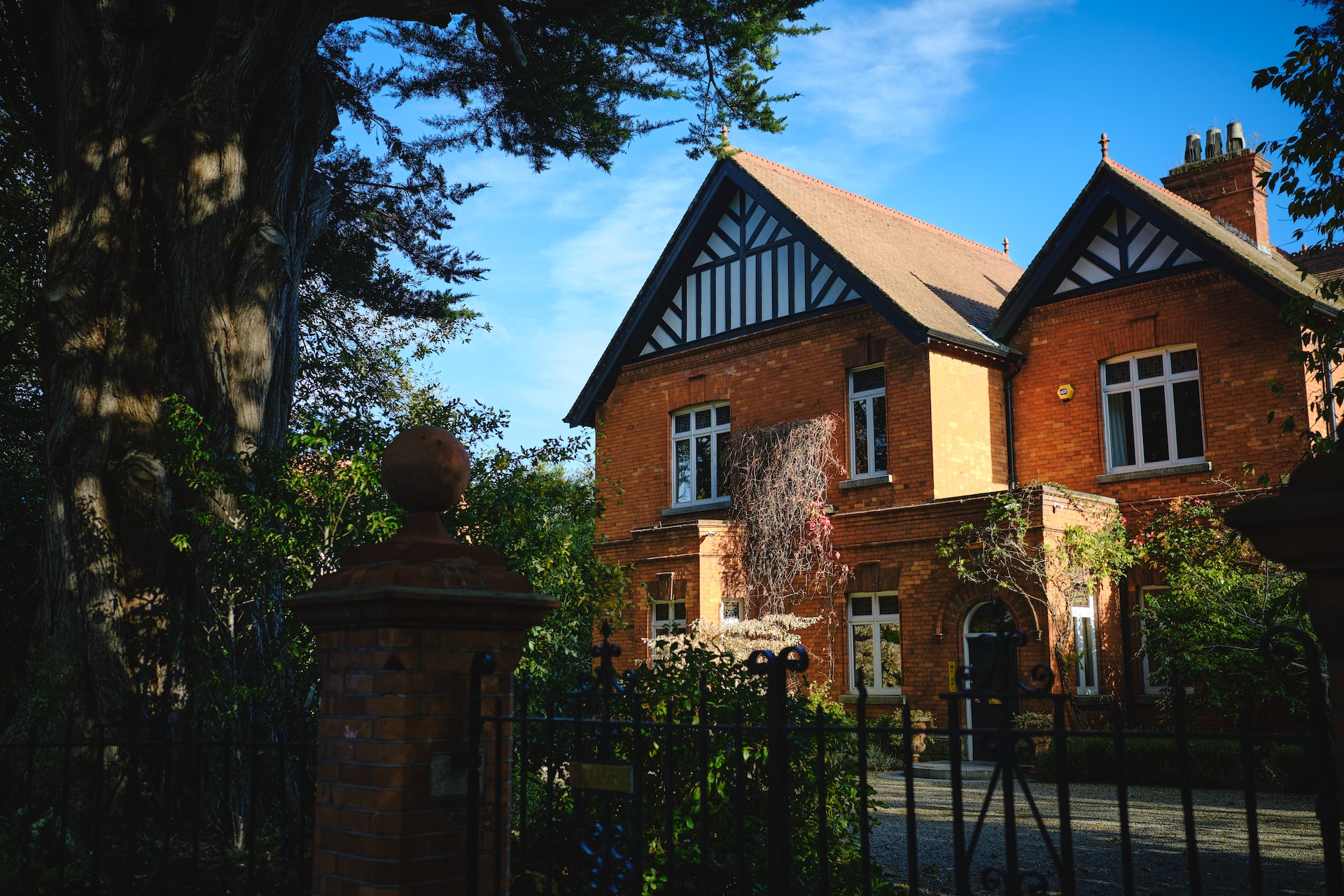

Question: What is the Difference Between Survey and Survey Report?
Answer: The difference between a survey and a survey report is a survey refers to the process of assessing property boundaries and features, while a survey report provides a detailed document outlining the findings, including property lines, easements, and any issues discovered during the survey.
What is the Difference Between Survey and Survey Report? Understanding the Basics
In Ontario’s real estate context, understanding the differences between a the two reports is crucial for anyone involved in property transactions. While they may sound similar, these two elements serve distinct purposes in the realm of property dealings.
What is a Property Survey and What Does it Entail?
A property survey is a detailed and professional assessment conducted by a licensed surveyor to determine the boundaries and dimensions of a piece of land. It involves a thorough examination and measurement of the property, resulting in a map or plan that outlines its precise boundaries, physical features, and any structures or improvements on the land. This process is essential in real estate transactions, construction, and property development, as it provides accurate and legally recognized information about the property. In a property survey, aspects such as easements, rights of way, and potential encroachments are identified, ensuring that property owners and potential buyers have a clear understanding of what the property entails and its limitations. This clarity is crucial for preventing disputes, planning property improvements, and ensuring compliance with zoning and building regulations.
Get more information about how much your Orangeville property is worth
Related Article: What are the Pros and Cons of Surveys?
A Physical Examination
A property survey is a comprehensive process where a professional surveyor physically examines a property. It involves measuring the land, delineating boundaries, and identifying any physical features or structures on the property.
Key Elements of a Survey
-
Boundaries and Measurements: Determining the exact dimensions and limits of the property.
-
Location of Structures: Documenting the position of buildings, fences, driveways, and other physical structures.
The Nature of a Survey Report
On the other hand, it is a document resulting from a property survey.
A Detailed Documentation
The report provides a detailed account of the findings from the property survey. It’s a written record that outlines all the aspects surveyed on the property.
Components of a Survey Report
-
Written Descriptions: Detailed descriptions of the property’s boundaries, structures, and any notable features.
-
Visual Aids: May include maps, drawings, or graphs to visually represent the survey findings.
The Importance of a Property Survey
Understanding why it is important is key to recognizing its value.
Legal Verification
A property survey is essential for legal verification of a property’s boundaries, which is crucial in resolving disputes and ensuring accurate property descriptions.
Preparation for Construction
For construction or renovation, a property survey is necessary to confirm that all work complies with local zoning laws and property boundaries.
Why These Reports Matter
It plays a pivotal role in property transactions and planning.
Record for Future Reference
A survey report acts as a permanent record of the property’s state at the time of the survey. This can be invaluable for future reference, especially in legal scenarios.
Tool for Decision Making
Prospective buyers and sellers use survey reports to make informed decisions about property transactions, ensuring there are no hidden surprises.
When to Use Them
Recognizing when to utilize a these reports is crucial in different scenarios.
During Property Transactions
In buying or selling a property, both the reports are instrumental. The survey ensures the accuracy of property details, while the survey report provides the necessary documentation for the transaction.
In Legal and Development Contexts
For legal disputes regarding boundaries or in planning property development, the physical survey provides the necessary measurements, and the survey report offers a legally recognized documentation of these findings.
For more information visit www.jenjewell.ca
Conclusion
In summary, while a property survey and a survey report are closely related, they serve different but complementary roles in the real estate process. In Ontario, understanding this distinction is essential for property owners, buyers, and real estate professionals. A property survey offers the physical examination and measurement of the land, while the survey report provides a detailed and documented account of these findings. Together, they form a comprehensive picture of a property’s physical and legal dimensions, crucial for successful real estate transactions and property management.


